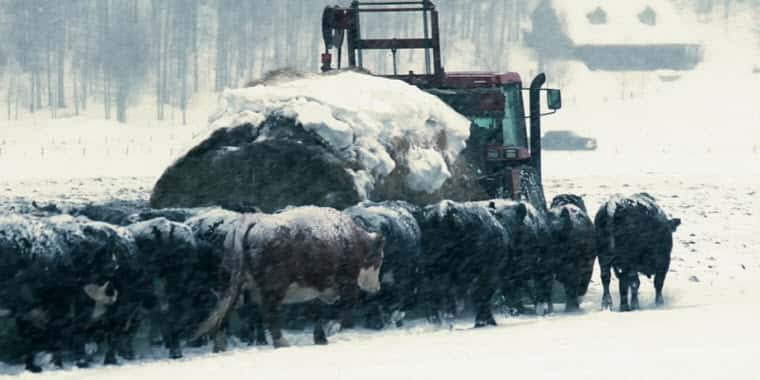The U.S. rural economy will continue to face headwinds in 2020 and is expected to underperform relative to the economy of urban America according to CoBank’s forecast for next year. Since 2014, GDP growth in rural counties has averaged almost 1% less than in urban counties. That trend is likely to continue without a significant upswing in agricultural commodity prices, energy exploration, rural manufacturing and other industries upon which rural economic growth depend.
“Most current signals indicate the overall domestic economy is on firm footing, thanks almost exclusively to the consumer,” said Dan Kowalski, vice president of CoBank’s Knowledge Exchange division. “However, without a meaningful U.S.-China trade deal, the U.S. agricultural economy will continue to struggle with uncertainty in 2020.
Agricultural policy at the federal level has been wrought with uncertainty and volatility. The trade environment for 2020 remains hazy as well. Beyond a possible U.S.-China phase one deal, more progress with China will be a challenge. As a result, it is difficult to see trade as a bright spot in 2020. The atmosphere in Washington today has given way to progress on agricultural labor legislation and the USMCA. But a protracted partisan fight over impeachment is on tap in the Senate. This rancor makes it difficult to advance legislation that helps agriculture, which would give either side a win for the hotly contested 2020 election. Market Facilitation Program payments to farmers helped make up for persistently low commodity prices in the last year.
Challenges for the grain sector will persist in 2020, fueled by commodity price pressure, policy uncertainty and export weakness amid growing global supply abundance, especially for corn and soybeans. U.S. wheat producers and exporters, though, may benefit from an improved export pace in 2020 with the Russian wheat crop struggling. Biofuels also face challenges in 2020. U.S. ethanol production, according to the U.S. Energy Information Administration, is expected to fall by 1.9% in 2019 to 15.8 billion gallons and remain flat in 2020. The outlook for farm supply companies is mixed and continues to be heavily influenced by weather. To improve its value proposition, this sector is actively pursuing vertical and horizontal consolidation.
With dairy and animal protein production looking toward another year of increased production in 2020, a rebound in exports will be critical to profitability in both sectors. Per capita consumption of animal protein in the U.S. will likely set a new record in 2019. Overall dairy consumption in the U.S. will remain strong in 2020 as Americans continue eating more cheese and butter, but fluid milk will likely continue its long-term decline. Strong demand and rising exports, though, will not erase financial stress at the farm level. Producers of beef, pork, poultry, and dairy will likely experience stress from higher feed costs due to lower crop yields this fall.
Despite that bearish prognosis, there is room for optimism, as the report says the U.S. farm economy has demonstrated its resiliency in the face of these trade wars, extreme weather and other disruptive events. While the downside impact of trade disputes and tariffs will remain severe for many, some agriculture sectors will see stronger exports and higher prices.
Click here to the full report from CoBank


